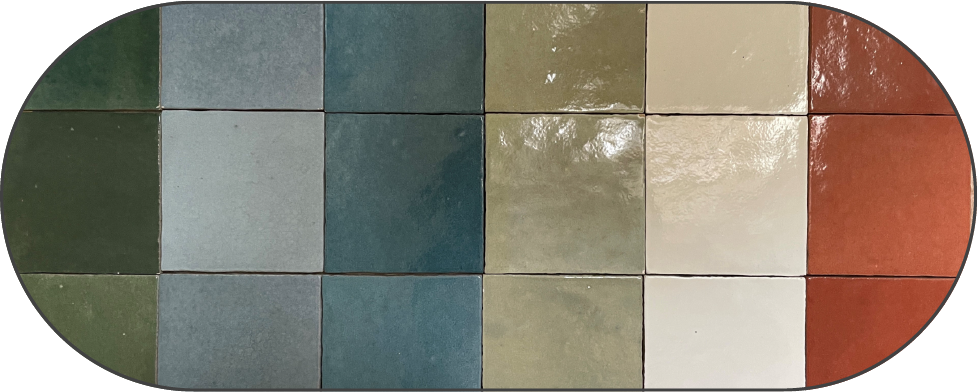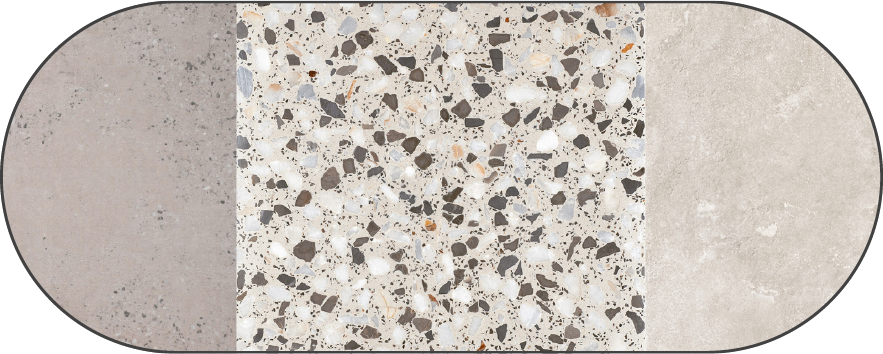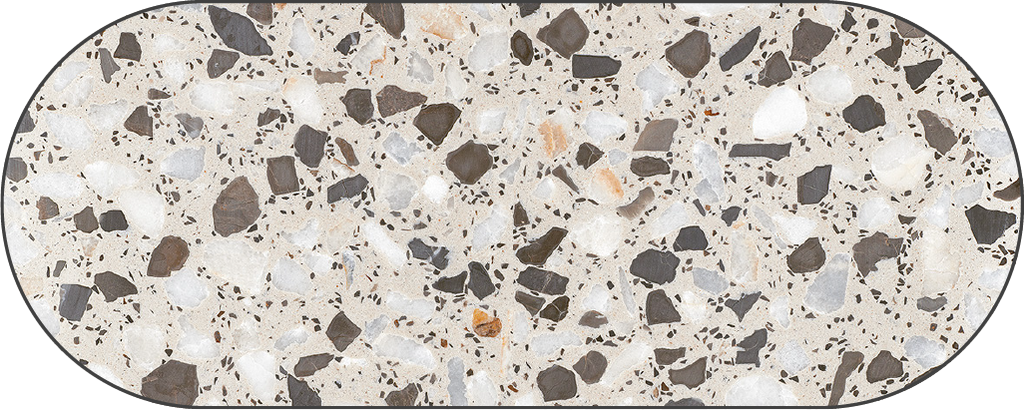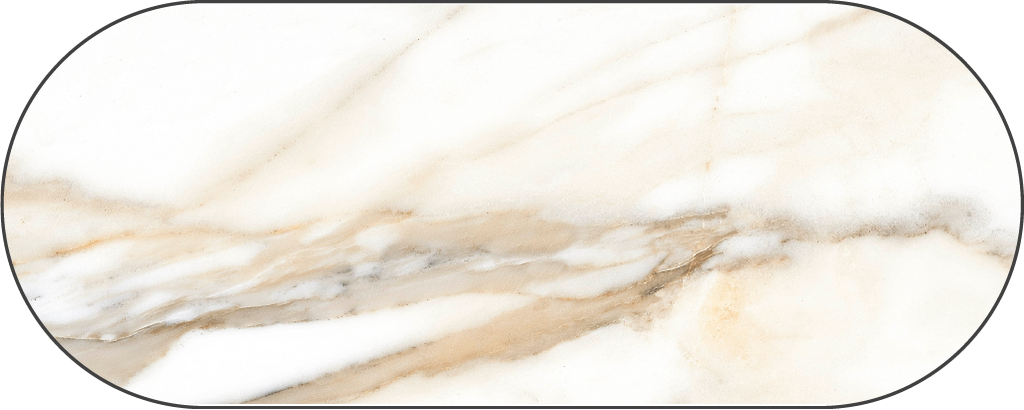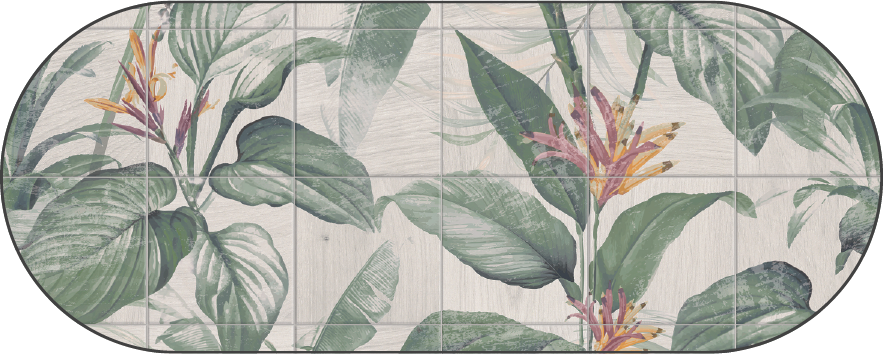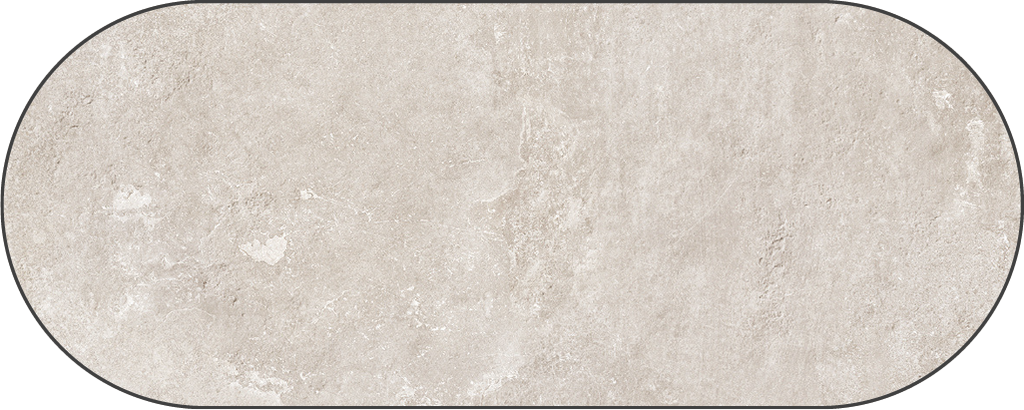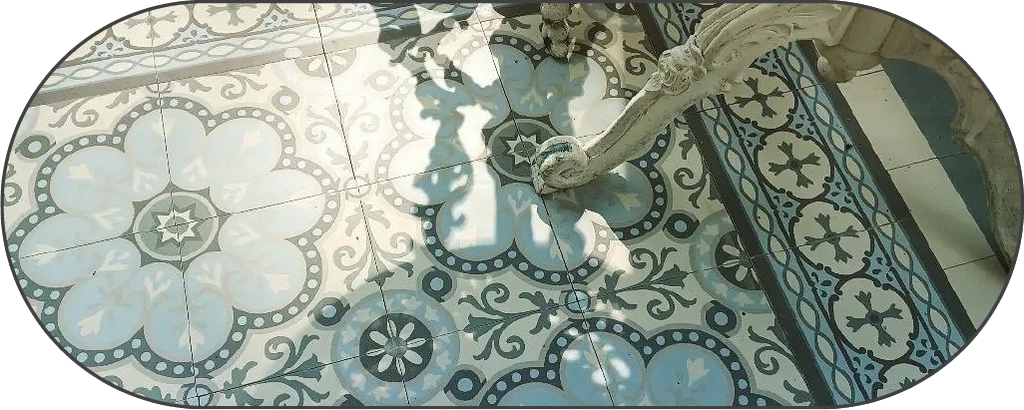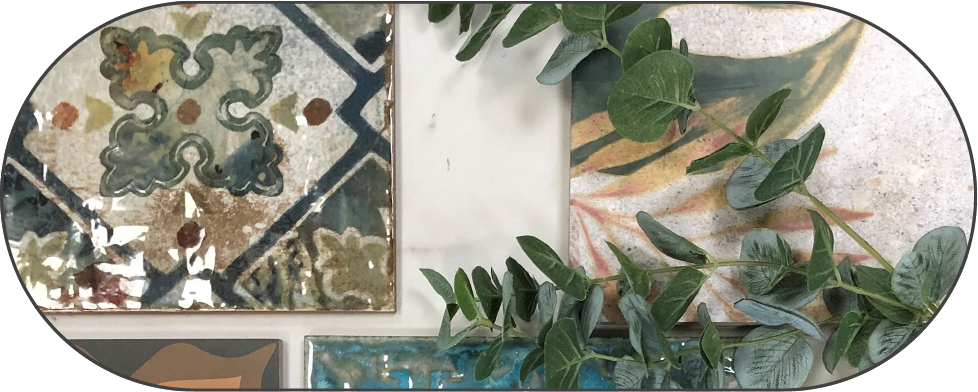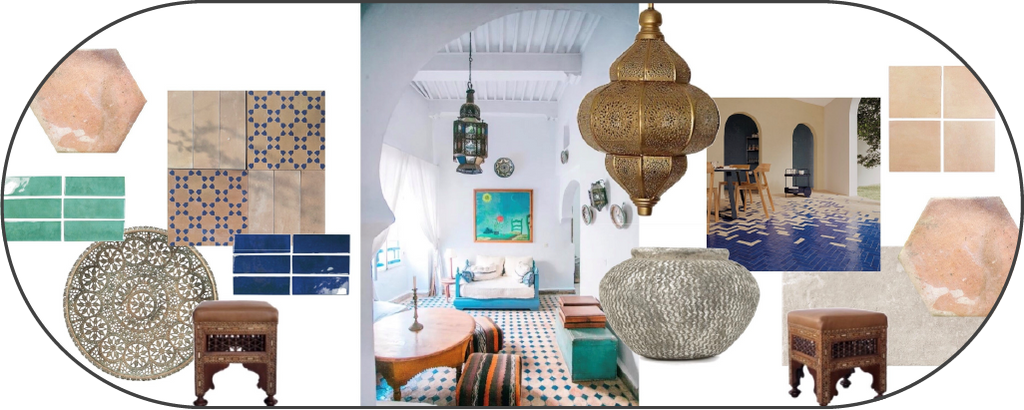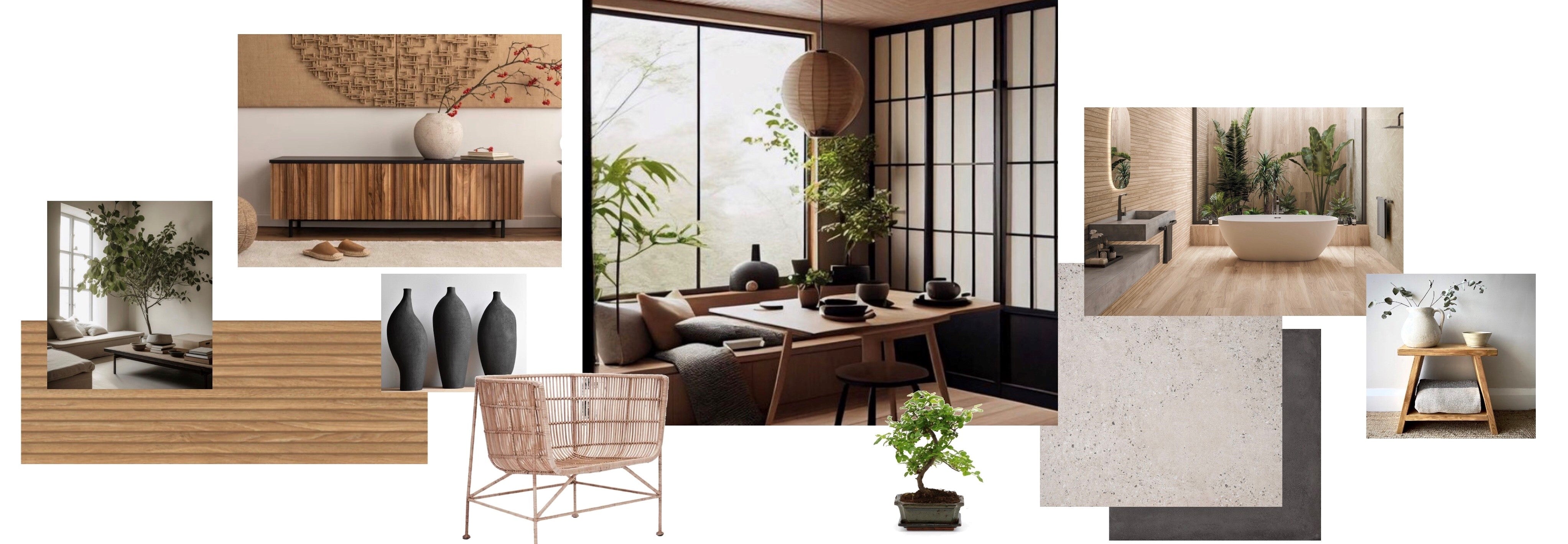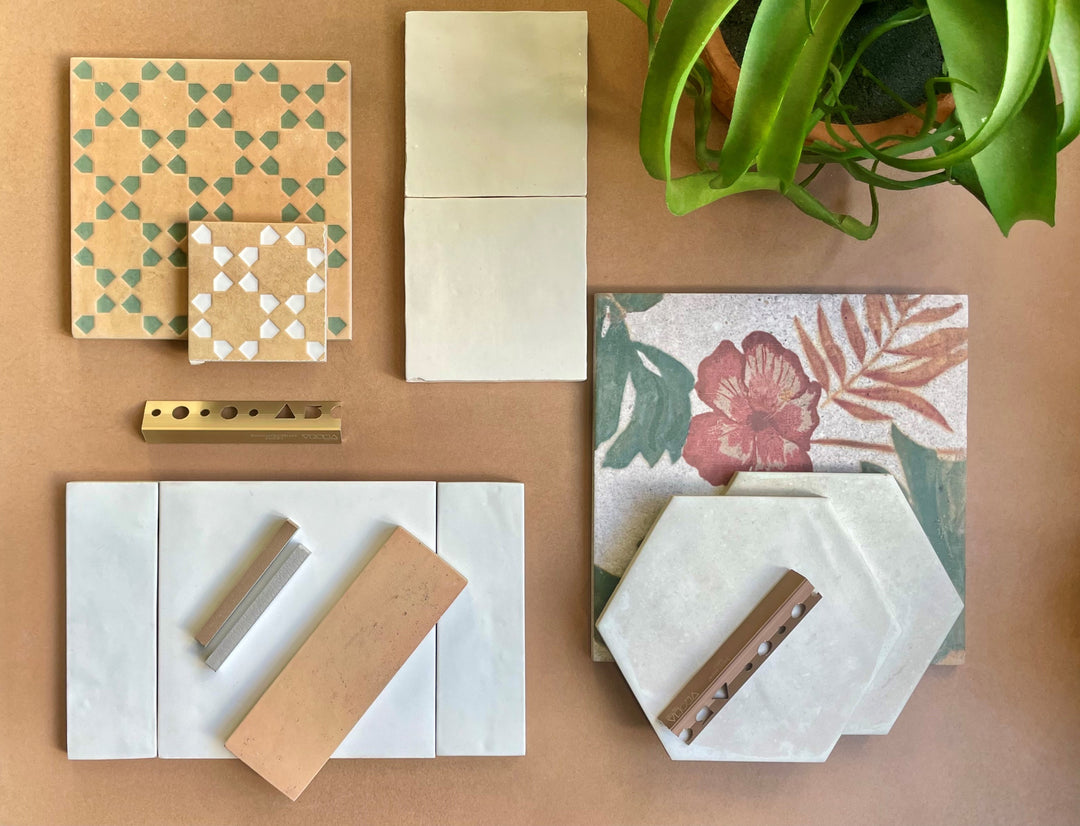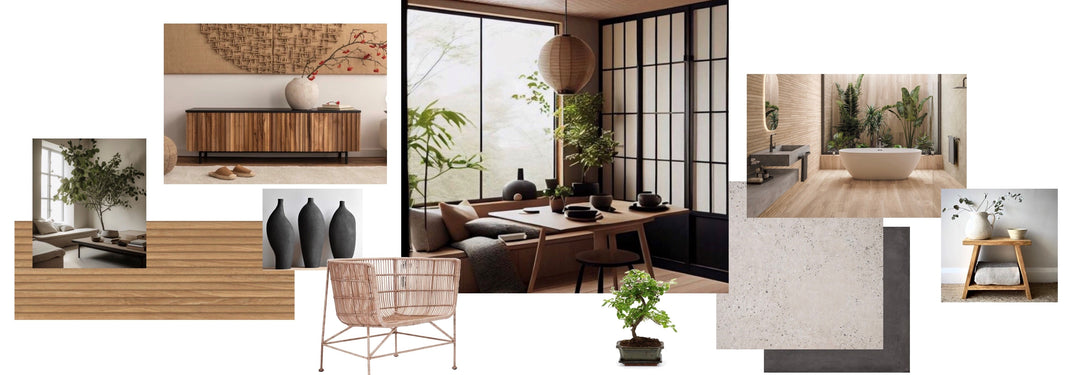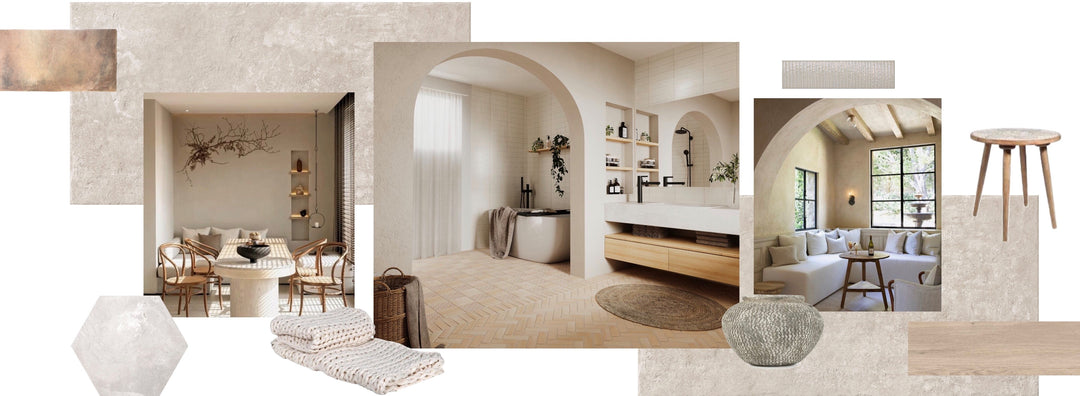In other words, a totally relaxing space.
The Design Team at Baked have outlined our key steps to creating the perfect Japandi style interior:
Colour Palette:
Japandi interiors typically feature a muted colour palette with a focus on neutral tones like whites, greys, and soft pastels, occasionally seen with accents of matt black. The use of earthy tones such as warm woods and greens from indoor plants can add a touch of nature to the space.
Minimalist Aesthetics
Clean lines and clutter-free spaces are central to Japandi design. The inlusive furnitureand decor are minimalistic and functional, with a strong emphasis on form and purpose.
Natural Style Materials
Japandi incorporates natural looking materials such as wood, stone and concrete. These materials not only contribute to the aesthetics but also provide an added sense of warmth and connection to nature, with natural style interior design currently booming in popularity.

Add a touch of nature to your modern Japandi bathroom with Baked Tiles' Osaka Wood
Functional Furniture
Furniture in the Japandi style is practical and often multifunctional. Pieces with simple, elegant designs are chosen to efficiently optimize space as well as serving multiple purposes.
Wabi-Sabi Elements
The concept of Wabi-Sabi from Japanese aesthetics celebrates imperfection, transience, and the beauty of patina. It's often reflected in worn and weathered materials, handmade objects and vintage or antique pieces.
Textural Contrast
To add visual interest and depth to the space, Japandi incorporates a variety of textures such as smooth wood surfaces, rough stone or concrete finishes, and soft textiles like linen and cotton.
Zen and Hygge Elements
Japandi draws inspiration from Zen philosophy and Scandinavian hygge, aiming to create a sense of calm and cosiness. Elements like soft lighting, candles and comfy textiles contribute to this atmosphere.
Minimal Decor
Decor items are carefully selected and less is more. A few well-chosen decorative items such as traditional Japanese pottery or Scandinavian ceramics can add character to the space.
Greenery
Incorporating houseplants - often versatile in size and appearance - can be used to bring further touches of nature into the indoors and create a sense of tranquility.
Lighting
Soft, diffused lighting is preferred to create a soothing ambience. Paper lanterns, pendant lights and candles are popular choices, choose warm light over cool to enhance the overall natural feel. The key to this style is to maintain simplicity and a connection to nature. The following tile options have been hand-picked as they work so well in this setting:
TILE OPTIONS
Neutral Tiles:
Choose tiles in neutral colours such as white, beige, or light grey to maintain a minimalist look.
Stucco Talc would work perfectly in this setting.

Wood-Look Tiles
Porcelain or ceramic tiles that mimic the look of wood can be an excellent choice to introduce the warmth of wood without the maintenance. Our Osaka collection unites both Skandi and Japanese design elements.

Natural Stone effects.
Natural stone effect tiles, like our Designer Basics Flow range, are a practical, sustainable and durable means of adding an additional touch of nature into your scheme.

Matt Finishes
Choose matt finishes rather than glossy ones to create a subdued and understated appearance.
Our Lava tiles being a lovely organic feeling small format wall tile.

Textured Tiles
Tiles with subtle textures or patterns can add depth and visual interest to a space while staying in line with the Japandi style. Our Manor House Limestone could look simply stunning in this style of setting, the natural stone effect bringing a natural element to a scheme.

